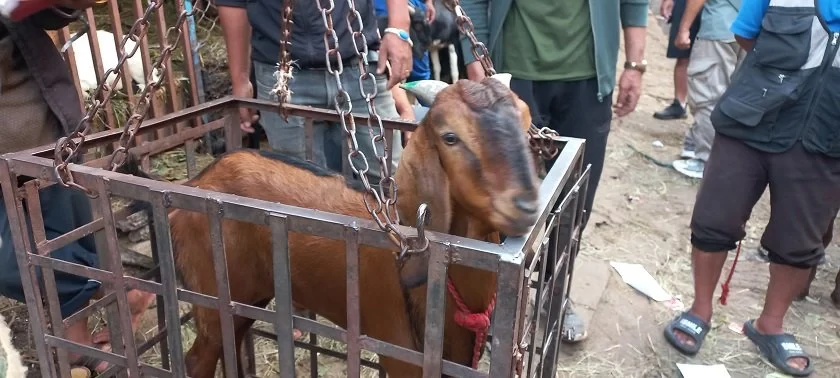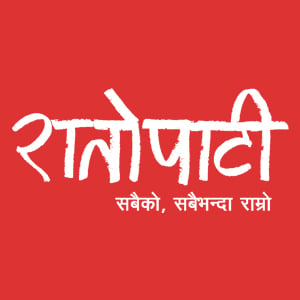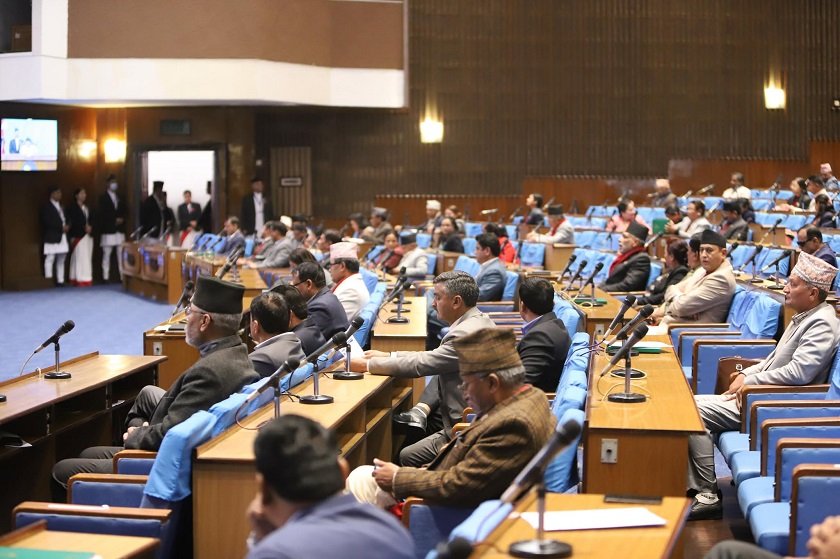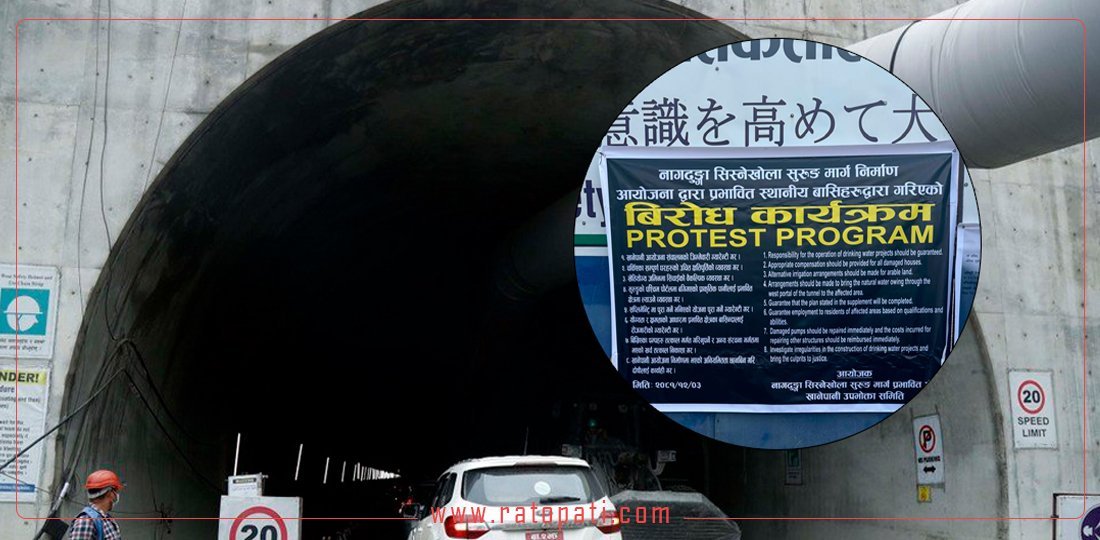Healthy goats marked with green, sick ones with red

Kathmandu, October 6 — The arrival of goats and sheep from the western regions of Salyan, Surkhet, Rukum, Rolpa, Gulmi, and Arghakhanchi has begun in the Kathmandu Valley. According to Santosh Bahadur Khatri, president of the Livestock Purchase and Sale Association, it has become difficult to bring in goats from Khotang, Okhaldhunga, Ramechhap, Sindhuli, Udayapur, and Kavre due to road blockages caused by floods and landslides.
Every year during Dashain, around 45,000 goats are brought to the Kathmandu Valley. Similarly, sheep and lambs are also being transported from Manang and Mustang. Currently, in the Kathmandu Valley, the price for live goats from the Terai ranges from NPR 720 to 755 per kilogram, while goats from the hills are priced between NPR 670 and 705. The price for bucks is between NPR 670 and 720, and lambs are selling for NPR 1,300 per kilogram.
Khatri mentioned that around 11,000 goats are sold from the market along the Tukucha River in Kathmandu Valley.
Meanwhile, the Department of Animal Services is monitoring and inspecting the sale locations of goats and sheep, keeping consumer health in mind, by deploying a team of veterinarians.
Veterinarian Yogendra Prasad Sharma, who is conducting health checks on the goats in Tukucha, stated, “Healthy goats are sold, and sick ones are not allowed for sale.” The department has indicated that healthy goats will have green markings on their horns, while sick ones will be marked in red, advising consumers to purchase only healthy livestock.








Leave Comment